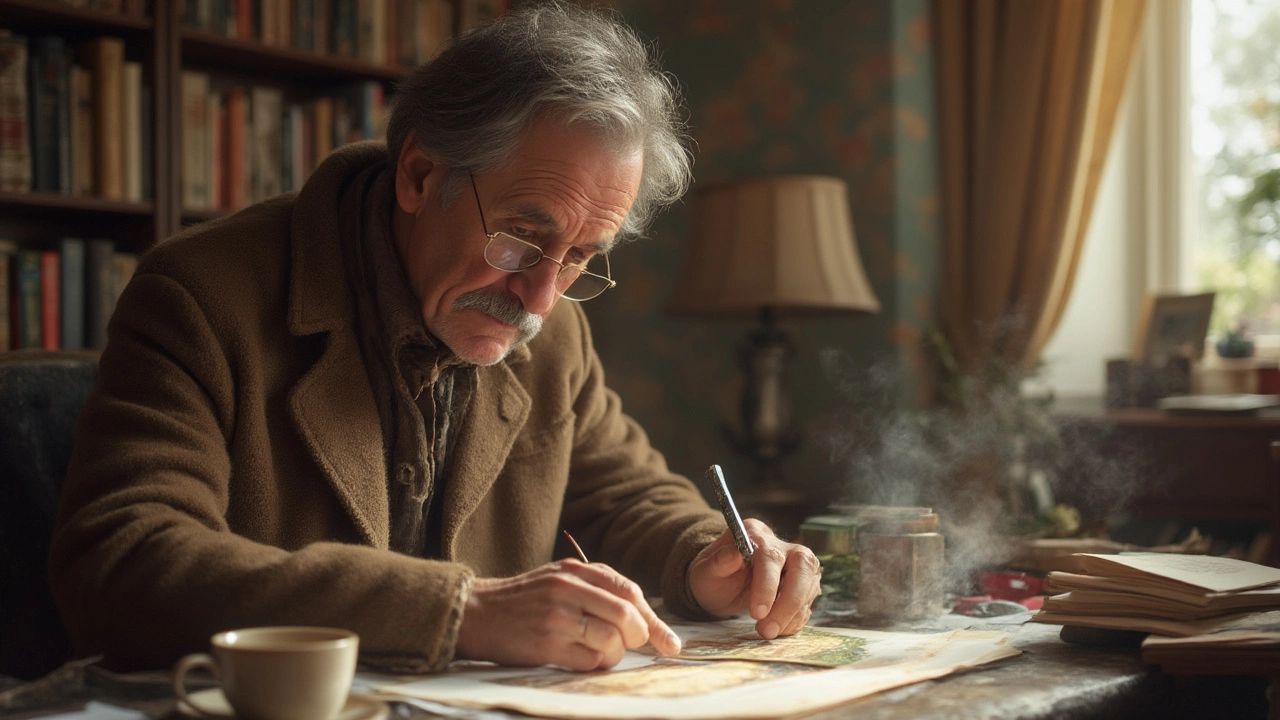Giclee Identification: Spotting Real Prints
If you’re buying art online or at a gallery, you’ve probably heard the term “giclee.” It’s a high‑quality inkjet print, but not every print called giclee is authentic. Knowing the tell‑tale signs can save you from splurging on a fake. Below are the most useful clues you can check in minutes.
Paper, Ink, and Texture clues
First thing to look at is the paper. Real giclee prints use archival‑grade, acid‑free paper or canvas. The surface feels smooth yet slightly textured, not glossy like a poster. Run your fingers across the print – cheap reproductions often feel like thin, plastic‑coated stock.
Next, inspect the ink. Giclee printers use pigment‑based inks that sit on the surface and don’t soak in like regular inkjet ink. Hold the print up to light; you should see a faint, even sheen, not a wet look. If the colors bleed when you touch the edge, it’s probably not a true giclee.
Zoom in on fine details. Real giclee prints show crisp lines and subtle gradations. Look at a small area of a gradient sky or skin tone. If the transition looks banded or pixelated, the file was likely upscaled from a low‑resolution source.
Signatures, Certificates, and Provenance
Artists often sign giclee prints directly on the paper or on a label attached to the back. The signature should match known examples of the artist’s hand. If the signature looks printed or placed on a sticker, ask for verification.
A genuine giclee usually comes with a certificate of authenticity (COA). The COA should include the artist’s name, edition number (e.g., 5/50), print size, and the printer’s details. Check that the edition number falls within the stated total edition size – a print marked 101/100 is a red flag.
Ask for provenance: who owned the print before you, and where it was displayed. Reputable dealers keep records of the original sale and can trace the piece back to the artist’s studio or a trusted printer.
Finally, compare prices. Giclee prints are affordable compared to originals, but they still command a fair price. If the deal sounds too good to be true, it probably is. Use these checkpoints together – paper feel, ink quality, signatures, COA, and price – and you’ll feel confident in your purchase.
Remember, spotting a fake isn’t about knowing every art term; it’s about simple, tactile checks and asking the right questions. When you blend those habits with a little research, you’ll quickly become a savvy giclee buyer.

17 Jul 2025
Discover practical steps to spot authentic giclee prints and avoid fakes. Learn key identifiers, printing secrets, and must-know tips for art collectors.
Continue reading...
